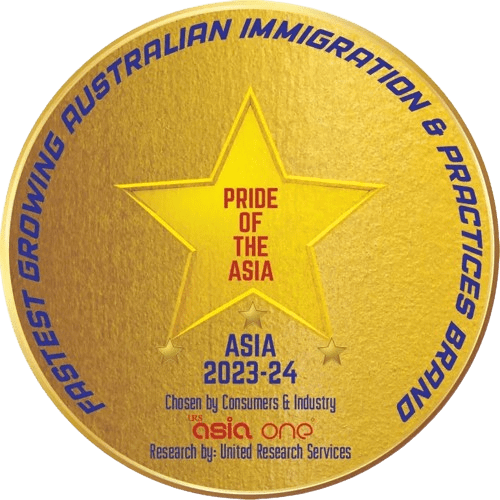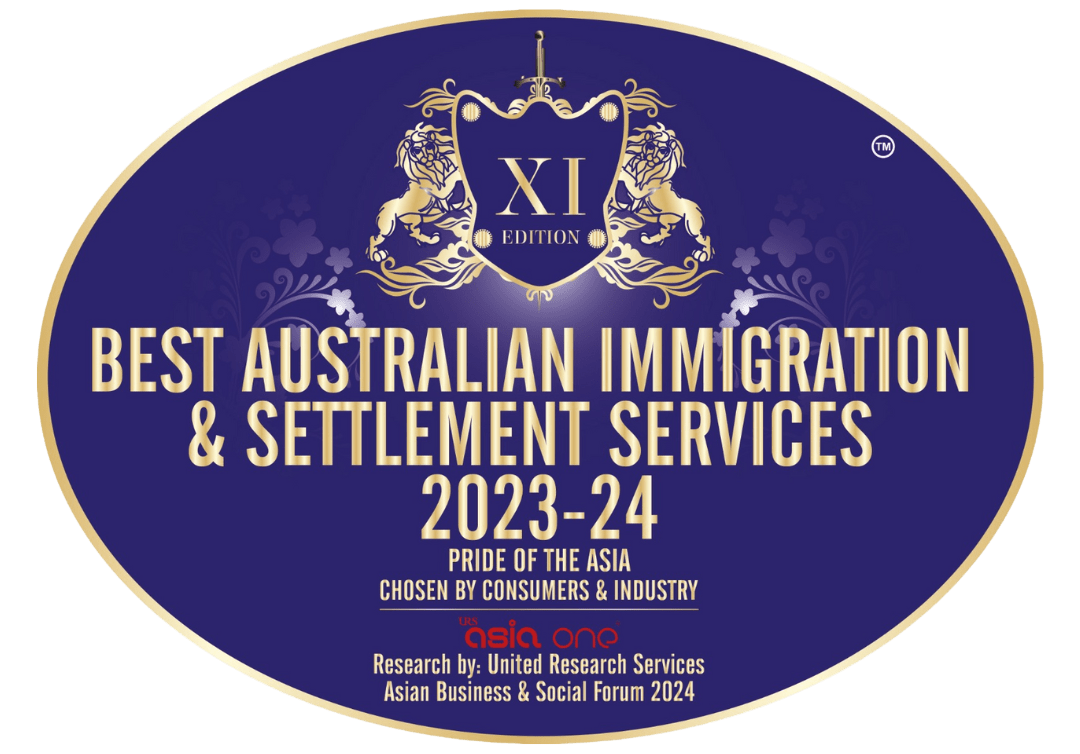The Working Holiday (subclass 417) visa is open to passport holders from eligible countries, including:
- Belgium
- Canada
- Republic of Cyprus
- Denmark
- Estonia
- Finland
- France
- Germany
- Hong Kong – Special Administrative Region of the People’s Republic of China (including British National Overseas passport holders)
- Republic of Ireland
- Italy
- Japan
- Republic of Korea
- Malta
- Netherlands
- Norway
- Sweden
- Taiwan (other than an official or diplomatic passport)
- The United Kingdom of Great Britain and Northern Ireland
On the other hand, the Work & Holiday (subclass 462) visa is available to passport holders from a different set of countries, such as:
- Argentina
- Austria
- Chile
- China, People’s Republic of
- Czech Republic
- Ecuador
- Greece
- Hungary
- Indonesia
- Israel
- Luxembourg
- Malaysia
- Peru
- Poland
- Portugal
- San Marino
- Singapore
- Slovak Republic
- Slovenia
- Spain
- Thailand
- Turkey
- Uruguay
- United States of America
- Vietnam
After completing their initial visa period, many travellers wish to extend their stay in Australia. To increase the chances of doing so, individuals can consider several options:
1. Regional Work: Completing specified work in regional Australia, such as fruit picking or farm work, can make travellers eligible for a second year on the Working Holiday (subclass 417) visa.
2. Skill Assessment: Undertaking a skill assessment for a skilled visa or sponsorship by an Australian employer can provide pathways to permanent residency.
3. Further Study: Pursuing further study in Australia can lead to opportunities to obtain a student visa and eventually transition to a skilled visa or employer sponsorship.
4. Partner Visas: For those in a genuine and ongoing relationship with an Australian citizen or permanent resident, applying for a partner visa may be an option.
In conclusion, the Working Holiday (subclass 417) visa and the Work & Holiday (subclass 462) visa offer incredible opportunities for young adults to live, work, and explore Australia. By understanding the differences between the two visas and exploring avenues for extending their stay, travellers can maximise their Australian experience and turn their dreams into reality. Whether picking fruit in the Outback, surfing on the Gold Coast, or exploring the iconic landmarks of Sydney, Australia awaits with open arms and endless possibilities.

















